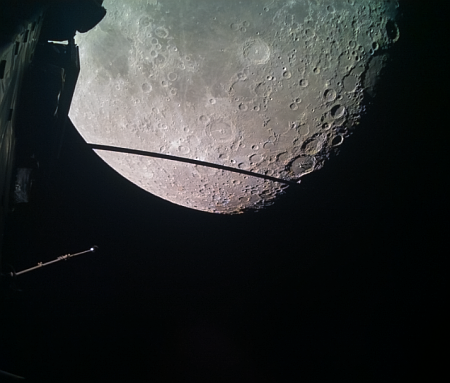August 20, 2024 Quick space links
Courtesy of BtB’s stringer Jay. This post is also an open thread. I welcome my readers to post any comments or additional links relating to any space issues, even if unrelated to the links below.
- Viasat has lost more than half its subscribers since Starlink arrived
In 2020 its U.S. subscriber count was 603K. Now it is 257K. The article also notes that Hughes has lost 200K subscribers over that same time period.
- Two Chinese satellites, stranded in Earth orbit when the rocket’s upper stage did not function properly, have apparently reached lunar orbit using their attitude thrusters
The two satellites are part of a planned three-satellite constellation (the third was launched separately and is in Earth orbit) to test orbital communications and navigation technology in retrograde lunar orbits.
Courtesy of BtB’s stringer Jay. This post is also an open thread. I welcome my readers to post any comments or additional links relating to any space issues, even if unrelated to the links below.
- Viasat has lost more than half its subscribers since Starlink arrived
In 2020 its U.S. subscriber count was 603K. Now it is 257K. The article also notes that Hughes has lost 200K subscribers over that same time period.
- Two Chinese satellites, stranded in Earth orbit when the rocket’s upper stage did not function properly, have apparently reached lunar orbit using their attitude thrusters
The two satellites are part of a planned three-satellite constellation (the third was launched separately and is in Earth orbit) to test orbital communications and navigation technology in retrograde lunar orbits.









